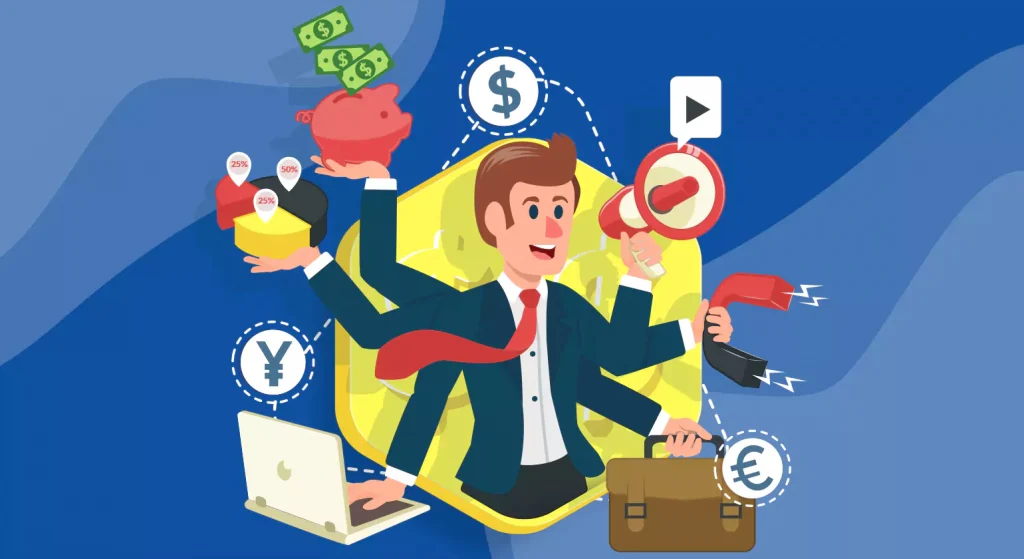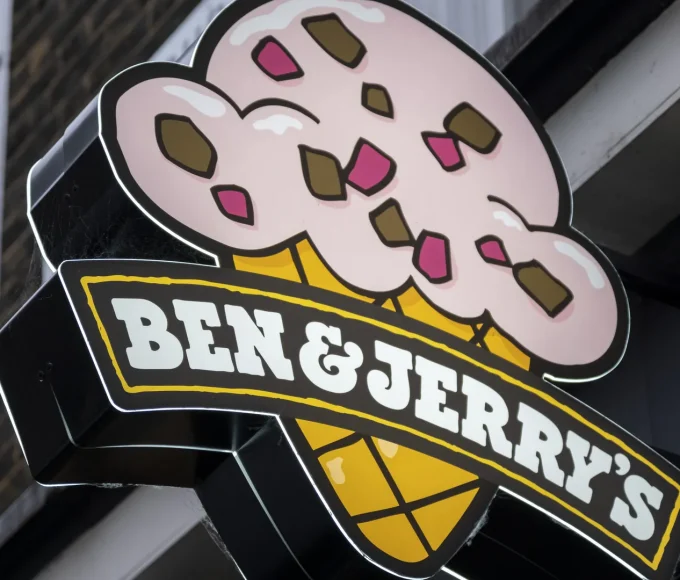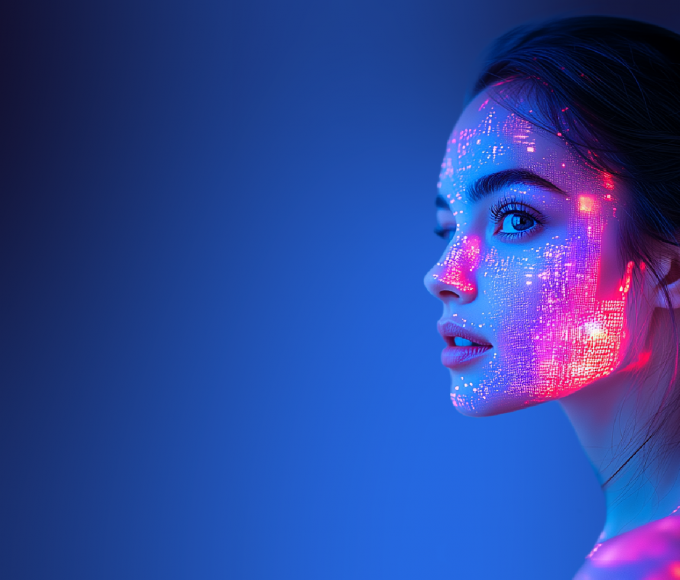From mascots to logos, a growing number of marketers are tossing out their most recognizable brand assets in the pursuit of sleek, minimalist design. But in doing so, many are dismantling the emotional foundations that made their brands resonate in the first place.
One major restaurant chain recently discovered this the hard way. After removing its long-standing mascot and redesigning its identity into a cleaner, more “modern” look, backlash forced the company to reverse its rebrand in just a few days. The move, meant to signal progress, instead sparked outrage and confusion — even among loyal fans. Decades of memory and recognition were nearly erased in a single design sprint.
It’s part of a broader trend: legacy symbols are being traded for sameness. An iconic car brand recently flattened its famous animal emblem to project an “electric, luxury” future, stripping away the spirit that once made its logo come alive. Another distinctive brand identity gone, another piece of cultural memory lost.
Somewhere along the way, a dangerous formula took hold:
Minimalism means modern.
Flat means future.
Character means cringe.
The result? Brands that look clean but feel empty. The industry’s obsession with “freshness” has led to a wave of self-inflicted identity crises.
This raises the question: why are marketers so eager to erase the very assets that built their recognition?
The truth is simple — boredom.
Marketers get tired of their own work long before audiences do. When you’ve stared at the same mascot, logo, or color palette for years, it’s tempting to assume consumers feel the same fatigue. But research shows otherwise. Most customers don’t even notice half the things marketers obsess over, let alone grow bored of them.
A recent study on brand distinctiveness found that marketing professionals routinely overestimate how famous or overused their brand assets are. In other words, marketers think everyone knows their brand as well as they do — when in reality, they don’t. This creates an illusion of overexposure that leads to unnecessary overhauls.

The second trap is the cult of minimalism. Designers argue that flat, simple marks work better on small screens or in dark mode — and while legibility matters, there’s a point where “simple” turns into “soulless.” When every brand looks like a clone in black-and-white sans-serif, no one stands out. Clean doesn’t mean memorable.
The proof is everywhere. A juice brand once replaced its iconic orange-with-a-straw design with a plain white carton. Sales dropped by 20% in weeks because shoppers couldn’t recognize it on shelves. Another apparel brand swapped its famous blue-box logo for a bland redesign — only to reverse course after a week of backlash. The message was clear: people don’t reject simplicity, they reject losing what feels familiar.
Consumers form emotional connections to consistent visual cues. When marketers strip those away, they force audiences to relearn what the brand even is. And most people simply won’t bother.
The current wave of “beige branding” comes from a misconception that younger audiences crave constant reinvention. But while flexibility and inclusivity are important, inconsistency breeds confusion. Trends shift by the hour, but identity is built through repetition.
Minimalism works only when it serves meaning. Some luxury and tech brands use it to communicate precision or status — not because it’s trendy, but because it aligns with their brand truth. The style supports the story.
Look around pop culture and you’ll see that simplicity isn’t the only path to relevance. Playful, quirky, and even chaotic characters dominate fandoms. Weirdness, it turns out, is a memory builder. Personality sticks.
Meanwhile, the consumers driving most spending power today are nostalgic. They crave familiarity, continuity, and a sense of emotional connection. That’s why so many beloved mascots and characters have reemerged as viral sensations — not just as marketing gimmicks, but as symbols of trust and identity. When a well-known brand character appears in new, fun contexts, it doesn’t feel dated; it feels dependable.
A mascot isn’t just a cartoon. It’s a shortcut to recognition — a bridge between memory and meaning. Studies have shown that campaigns featuring brand characters outperform those without them in both long-term awareness and sales growth. Mascots build equity that outlasts trends.
They also don’t misbehave like influencers or disappear when a campaign ends. They evolve, adapt, and represent the brand across generations. Some brands have even turned their mascots into cultural icons by blending humor, storytelling, and interactivity.
The lesson is simple: distinctive brand assets aren’t obstacles to modernity — they are the foundation of it.
In a digital world flooded with sameness, recognition is the ultimate competitive edge. When marketers strip away the personality, quirks, and faces that make a brand unique, they don’t modernize it — they erase it.
Don’t bury your brand’s history under beige. Keep the weird. Keep the memorable. Keep the mascot someone will still recognize decades from now.







